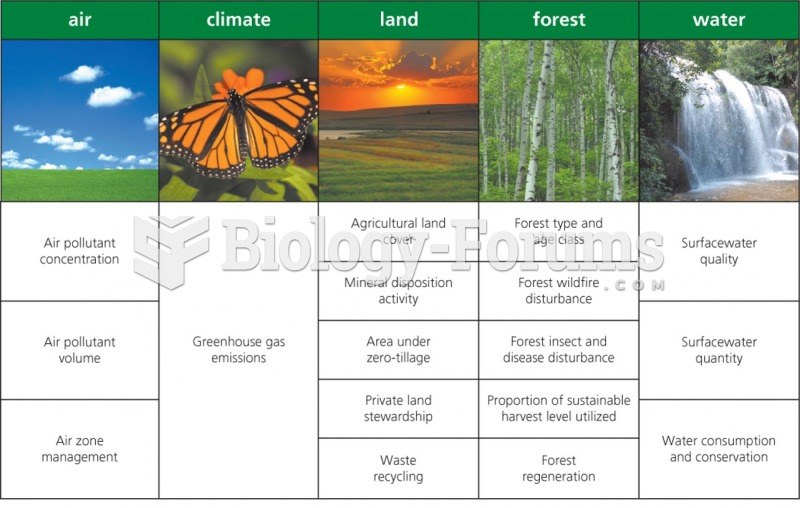Answer to Question 1
4
Rationale:
1. The client with the spontaneous abortion would have needed to be monitored in the first trimester.
2. The client with endometriosis and appendectomy would have been a concern with conception.
3. The client with a history of gestational diabetes controlled by diet would need maternal monitoring and fetal monitoring if she developed gestational diabetes again.
4. The preterm client with a pregnancy-associated disorder needs close monitoring for preterm labor onset or the need to induce preterm labor.
Answer to Question 2
3; 4; 5
Rationale:
1. Teaching parents safe food-preparation and storage techniques is another tool to prevent the spread of microorganisms, but is not related to the flu virus.
2. Immunizations should not be withheld from immunocompromised children, and this is not an infection-control strategy.
3. To prevent the spread of communicable diseases, microorganisms must be killed, or their growth controlled. Sanitizing toys and all contact surfaces, separating children with infections, and teaching children to wash their hands all control the growth and spread of microorganisms.
4. To prevent the spread of communicable diseases, microorganisms must be killed, or their growth controlled. Sanitizing toys and all contact surfaces, separating children with infections, and teaching children to wash their hands all control the growth and spread of microorganisms.
5. To prevent the spread of communicable diseases, microorganisms must be killed, or their growth controlled. Sanitizing toys and all contact surfaces, separating children with infections, and teaching children to wash their hands all control the growth and spread of microorganisms.







